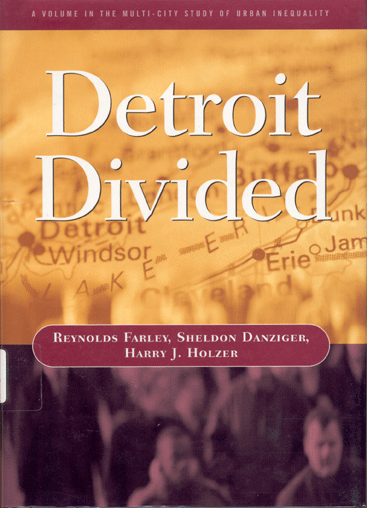Detroit Divided

For decades, the American automobile industry headquartered in Detroit was a symbol of the nation's industrial ingenuity and might. Unskilled workers, many of them African Americans, moved to Detroit in pursuit of high-paying unionized jobs with generous fringe benefits. The post-World War II boom narrowed the wage gap between black and white men and lifted unprecedented numbers of blue collar workers securely into the economic middle class. But the decline of Detroit's manufacturing dominance after 1970 left many of those workers stranded and, by the early 1990s, Detroit had become the archetypal example of rust-belt de-industrialization, blighted by abandoned factories, empty office buildings, closed stores, high crime, and bitter racial strife.
Detroit Divided charts the rise and fall of the economic fortunes of the metropolis and thoroughly analyzes the area's current prospects, including signs of a nascent recovery. Drawing upon six decades of census data and innovative surveys of both employers and households, Detroit Divided examines the links between labor market disadvantages, residential segregation, and exclusionary racial views in today's economy. The authors — a demographer and two economists — explain why manufacturing decline, technological change, and the globalization of markets had such severe consequences for Detroit and why African Americans were hit the hardest. Whites, taking advantage of subsidized home loans, fled city neighborhoods for the suburbs where new jobs were created. But the suburban ring was mostly closed to African Americans who faced disappearing jobs in the city as well as educational disadvantage and racial discrimination in the labor and housing market. (Excerpt from fly leaf)